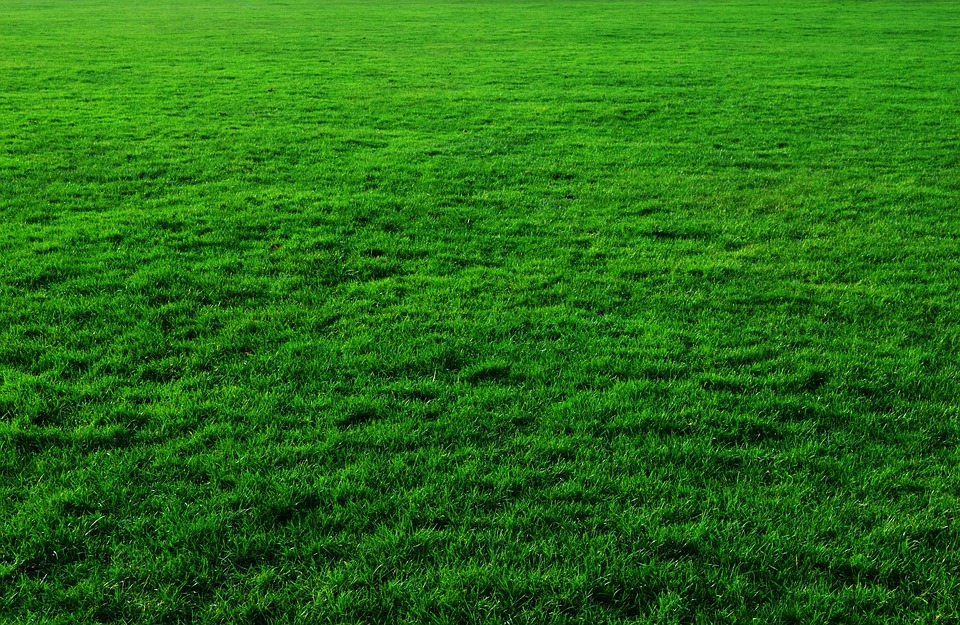Introduction
A beautiful, lush green lawn is the envy of every homeowner. But what do you do when your lawn starts developing patches and looks uneven? Don’t worry! With a little effort and the right techniques, you can revive your patchy lawn and restore it to its former glory. In this article, we will guide you through some quick fixes to help you achieve a uniform surface for your lawn.
1. Identify the Cause of Patchiness
The first step in reviving a patchy lawn is to identify the cause of the problem. There could be various factors contributing to the patchiness, such as uneven watering, poor soil quality, pests, or disease. By understanding the underlying issue, you can tailor your approach to address it effectively.
2. Prepare the Soil
Before attempting any fixes, it’s essential to prepare the soil properly. Start by removing any debris, weeds, or dead grass from the affected areas. Loosen the soil with a rake and consider testing its pH level. If necessary, apply lime or sulfur to adjust the pH and enhance the soil quality.
3. Reseed the Patches
One of the most effective ways to promote a uniform surface is by reseeding the bare patches. Choose high-quality grass seed that is suitable for your climate and lawn type. Prepare the soil by raking it lightly, ensuring good seed-to-soil contact. Spread the seed evenly across the patches and lightly rake again to cover the seeds with soil. Water the area gently, keeping it consistently moist until the new grass establishes itself.
4. Aerate the Lawn
Compacted soil can prevent water and nutrients from reaching the grass roots, leading to patchiness. Aerating the lawn helps alleviate compaction and promotes better absorption of water and nutrients. Rent or purchase a lawn aerator and follow the manufacturer’s instructions to aerate your lawn thoroughly. This process should enhance the overall health of your lawn and aid in achieving a uniform surface.
5. Fertilize and Water Adequately
Proper fertilization and watering practices play a crucial role in the health and appearance of your lawn. Use a high-quality slow-release fertilizer to provide essential nutrients to the grass. Follow the manufacturer’s instructions on application timing and rates. Additionally, ensure your lawn receives sufficient water, particularly during dry periods, to prevent patchiness and promote uniform growth.
6. Control Weeds and Pests
Weeds and pests can wreak havoc on your lawn, causing patchiness and damaging the grass. Implement an effective weed control strategy, including hand-pulling weeds or using herbicides if necessary. Likewise, address any pest infestations promptly, as they can destroy grass and create bare spots. Consult with a lawn care professional or research specific methods for your region and lawn type.
FAQs
Q1. How long does it take for the new grass to grow?
A1. The time it takes for new grass to grow depends on various factors, such as the type of grass, climate, and care provided. Generally, it can take anywhere from one to three weeks for the grass to germinate and another few weeks to establish roots. However, it may take longer in some cases, so be patient and maintain proper care.
Q2. Is it necessary to remove the dead grass before reseeding?
A2. Yes, it is crucial to remove dead grass before reseeding. Raking or using a thatch rake will help remove the dead grass, allowing the new seeds to make direct contact with the soil. This ensures better germination and helps avoid competition between the new grass and dead grass.
Q3. Can I fix patchy areas with just grass seed and water?
A3. While grass seed and water are the primary ingredients for fixing patchy areas, additional steps such as preparing the soil, aerating, fertilizing, and controlling weeds and pests are typically required for optimum results. These steps address underlying issues and promote a healthier lawn overall.




